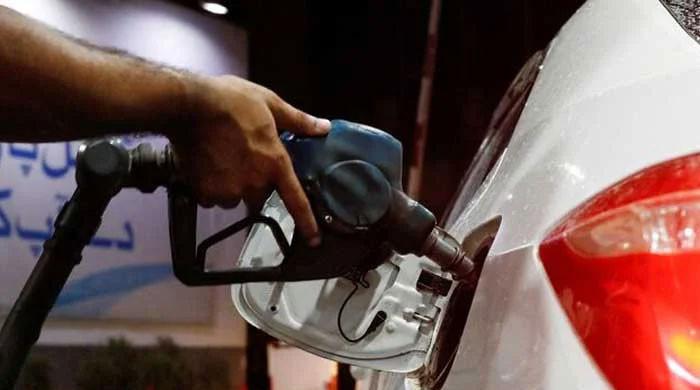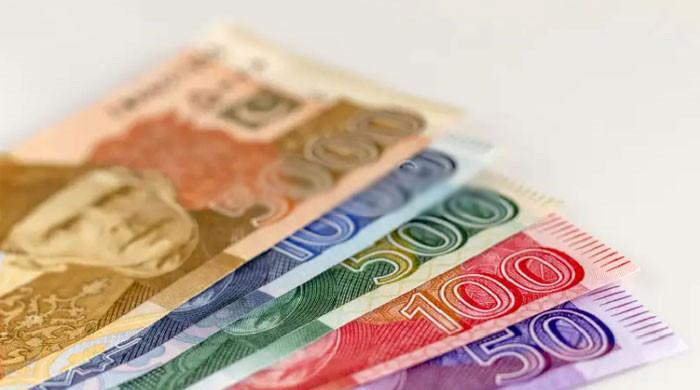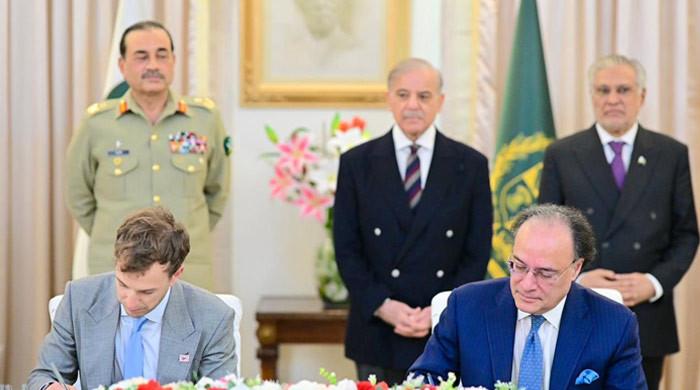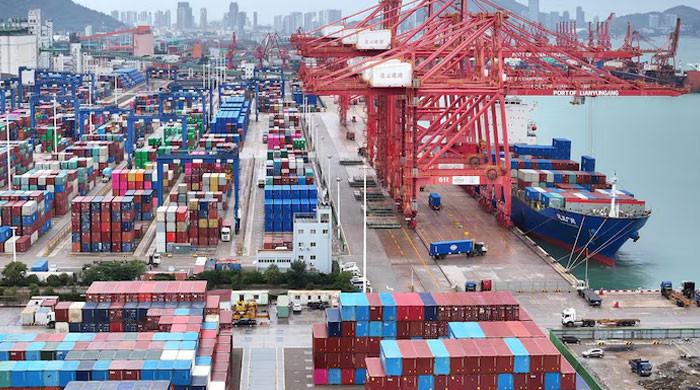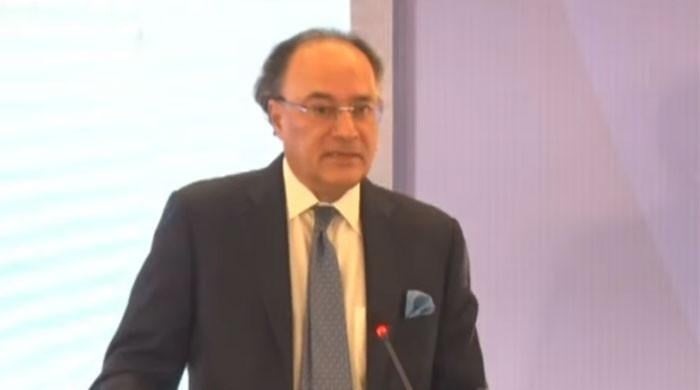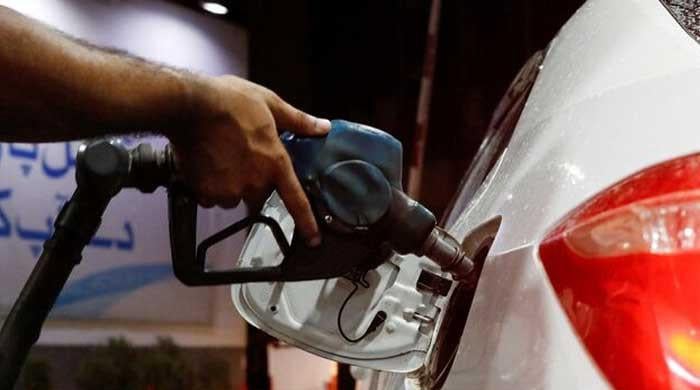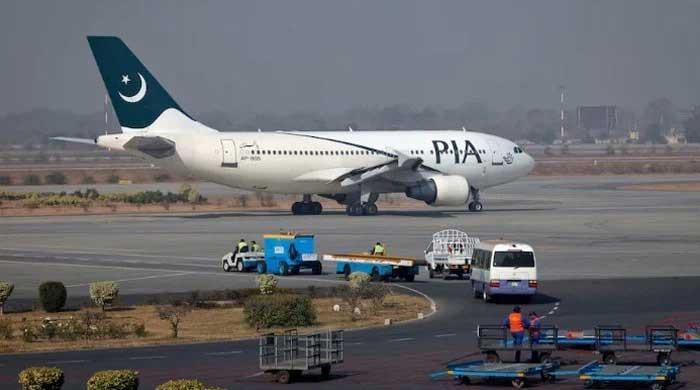Fiscal gap: IMF gives govt options to generate Rs600bn in revenue
Govt will have to make up its mind about increasing the limit of PDL or imposing 17% GST on POL products
February 03, 2023
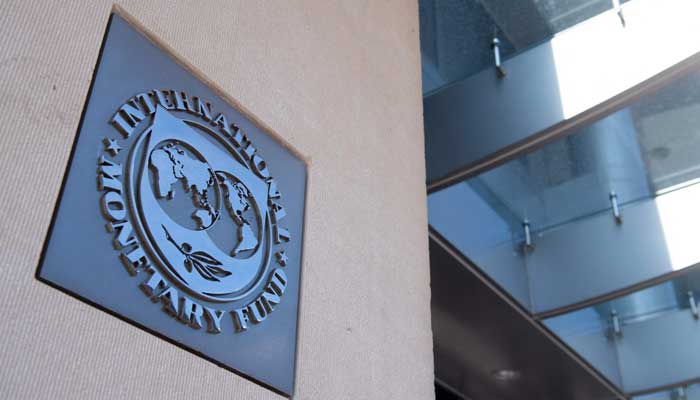
- Pakistan-IMF technical-level talks to conclude today.
- IMF asks Pakistan to jack up FBR's target.
- Forex reserves fall to $3.08bn as of January 27.
ISLAMABAD: The International Monetary Fund (IMF) has conveyed to the Pakistani authorities to undertake substantial qualitative and sustainable tax and non-tax revenue measures to fetch additional revenues for filling the projected gap of Rs600 billion in the fiscal framework.
A team of the IMF — headed by Mission Chief Nathan Porter — is currently in Pakistan holding parleys for the ninth review which will continue till February 9.
After months of reluctance, the country’s depleting forex reserves and worsening economic situation forced the government to accept all the conditions set by the Washington-based lender.
A staff-level agreement is expected after the conclusion of the talks under the $6.5 billion Extended Fund Facility (EFF).
Pakistan-IMF
On Thursday, the visiting IMF delegation asked the government to jack up the Federal Board of Revenue’s (FBR) tax collection target to align it with the projected nominal growth in the current fiscal year mainly with the help of a surge in the CPI-based inflationary pressures.
The Fund seems ready for providing an adjuster on flood expenditures once the fiscal framework is finalised. But it will depend on how much expenditures could be occurred on floods both on the development and non-development side of the budget especially through disbursements of stipends through the Benazir Income Support Programme (BISP).
First and foremost, the IMF and the Pakistani side will have to reconcile a figure on the fiscal gap. Once it’s determined, then it will pave the way for finalising tax and non-tax revenue measures through the upcoming mini-budget.
PDL or GST
The FBR high-ups informed the IMF team that they would be able to materialise their annual tax collection target of Rs7,470 billion keeping in view the recent devaluation of the rupee against the dollar and the possibility of removing restrictions on imports on the basis of the possibility of resuming the IMF programme.
The IMF is asking the authorities to increase the FBR’s annual taxation collection target to align it with increased nominal growth as the CPI-based inflation touched a whopping figure of 27.6% while real GDP growth might hover around 2% so this nominal growth must translate into increased revenue collection target.
Now the government will have to make up its mind about increasing the limit of PDL beyond Rs50 per litre up to Rs70 or Rs80 per litre or imposing 17% GST on POL products.
There is an argument that if the government slapped GST, it will become part of the Federal Divisible Pool (FDP) under the NFC Award. So the best option is to jack up the PDL through a presidential ordinance while the IMF favours the imposition of 17% GST on POL products on the pattern of consumption tax to discourage.
Again the government is exploring its options for utilising the data gathered in the BISP survey for providing targeted subsidies to motorcycle owners on petrol.
Forex reserves
Alarmingly, the foreign exchange reserves nosedived to just $3.08 billion held by the State Bank of Pakistan (SBP) as of January 27.
The country faces a double-edged sword, as the dollar inflows in shape of loans from multilateral and bilateral have severely choked and shrunk.
The latest official data of the Economic Affairs Division (EAD) shows that the country could fetch loans of just $5.59 billion in the first half (July-Dec) period of the current fiscal year against a total projection of $22.6 billion.
Pakistan had received total disbursements of loans and grants to the tune of $9.13 billion in the same period of six months during the last financial year 2021-22.
This indicates that there was a massive decline in receiving disbursements from international creditors, resultantly the country was heading towards default.




